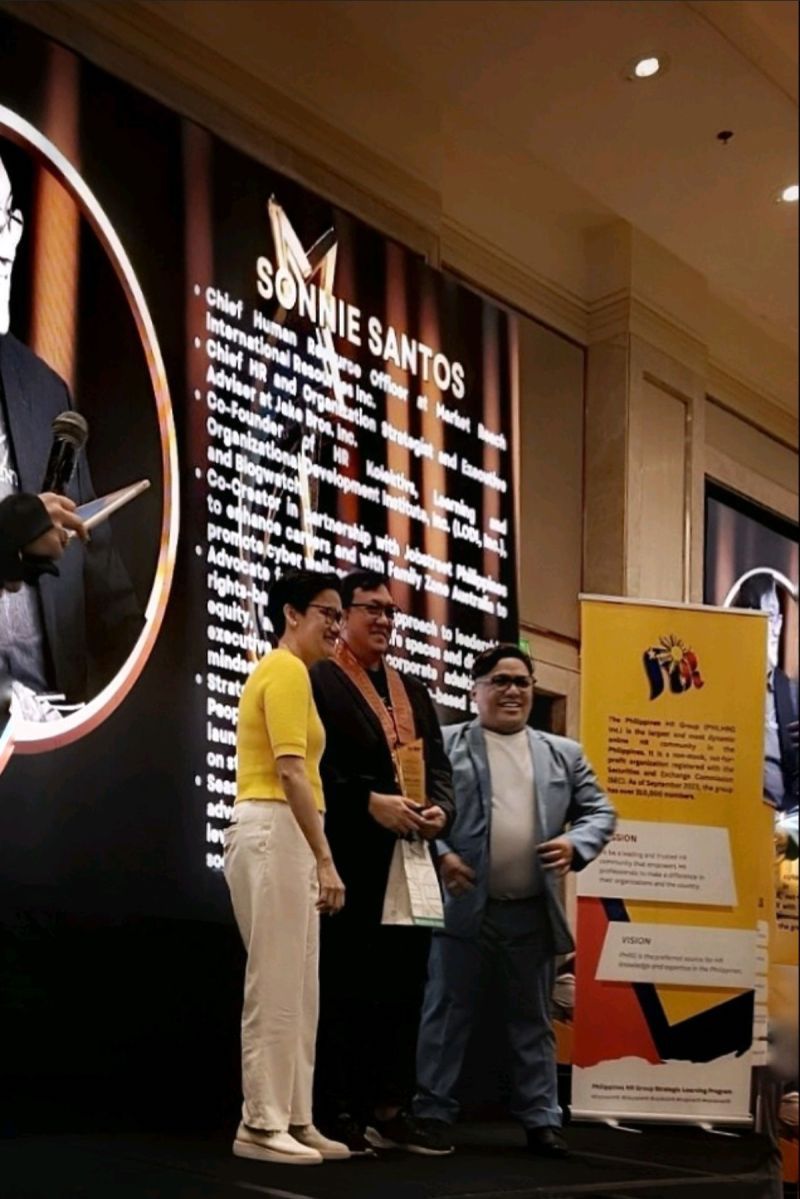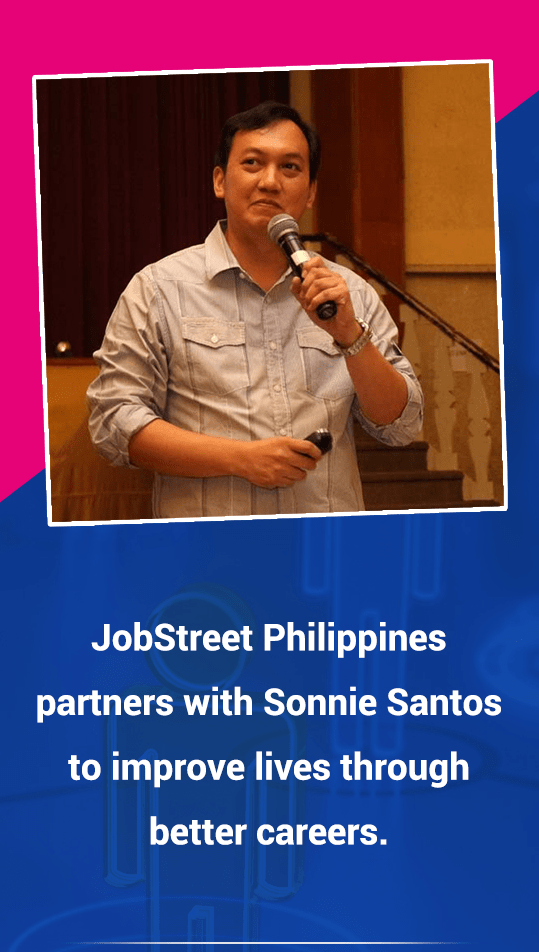Please read Part 1: Vertical Mentoring Relationship
Update:
7.27.18- Part 3: Horizontal Mentoring is now available
Reverse Vertical is a mentoring relationship where mentees or the relationship with mentees is the source of learning.
Thank you for following this mini-series, the 2nd of at least 3 article series. In this post, we will discuss the reverse vertical mentoring relationship.
In my last post, we talked about the T Mentoring Relationships that exist in our community. This model have 3 components, namely vertical (mentor-mentee, where mentor is the source of learning), horizontal (mentee-mentee; mentor-mentor) and Reverse Vertical (mentee-mentor, where mentee is the source of learning).
We also talked lengthily about vertical relationships in my last post.
Our original plan is to discuss the horizontal component today, but there are good lessons in the reverse vertical that are directly connected to my last article. So to make sure there is continuity of thought, we shall transition from vertical relationship to reverse vertical, and highlight the two-way flow of learning.
Before we proceed, please note that the context of this article is about ‘our’ experience in the community. Our group is a mix of multi-generational HR practitioners. We have boomers, Gen Xers like me, and Millennials. Most of our members have their respective employers, the rest are independent consultants.
So the context of our mentoring journey is not an employment set-up where a mentee is assigned by HR or L and D, to a mentor as part of the learning design. But our mentoring is in the ambit of community of professionals, who are bound by similar work, interests and purpose.
Likewise, we said that vertical mentoring commences ‘only’ after the mentee reached out to a potential mentor either online or the formal mentoring program. As to what level (casual, formal or highest level) the mentorship will progress, depends on both the mentor and mentee.
The 3 levels of vertical relationship: (1) casual (2) professional and (3) the highest level; Steps to the highest level (1) mentee to take the initiative to reach out (2) mentee to press forward. (3) Mentor to choose mentee
Why mentees should initiate the move?
First, mentors give their time pro-bono. We do not charge for professional fee or per hour rate on this engagement. We do this as #payforward for the kindness we received ourselves. Because of this, the prerogative to choose who will be our mentee is ours alone. While meritocracy applies, in my case, I also give equal importance to attitude.
Second, mentors have moral ascendancy over mentees, if mentors goes around the community looking for mentees, it does not look good. It can be misconstrued that the mentor is out to make money in mentoring (not necessarily bad, but it is against our community’s core belief). Or worse, it will be bordering into sexual harassment if intentions are unclear.
Why mentors should choose wisely?
First, mentors have other things on their plate, thus, the time they spare for mentoring must be well spent. A mentee may have great potential but is not willing to be mentored. It’s pointless.
Second, choose those who have a mature disposition. The highest level of vertical relationship involves privilege communication. At this level, the mentee can have access to information that is not generally available to everyone. Likewise, the mentor’s humanity is exposed to the mentee, the exchanges of opinions or emotions between them, and choices of words might affect the outlook of the mentee.
Value Adding Vertical Relationship
The casual relationship doesn’t have much value, because, it’s like getting answers from google, though a professional relationship is better, it is limiting. The highest level is the most value-adding but it takes two to tango to make it happen. Both the mentor and mentee should be committed to the process because the failure of one is the failure of the other, and the success of the other is the success of one. A mentor-mentee; mentee-mentor relationship is symbiotic.
The exchanges that occur in this unique relationship lead to another level of learning, the reverse vertical. When the trust level is high, the mentor can take the back seat to learn from the mentee.
Reverse Vertical Relationship
Learning from my mentees, and the alumni are both direct and indirect,
Direct, when I ask them specifically to head a special task or when I ask them for their opinion or when I ask them to teach me tricks that I do not know. Indirect learning, however, are the learnings I gained as a consequence of our relationship, from vertical to reverse vertical.
So what are my learnings after a year of engaging our alumni?
The Bad of Reverse Vertical Mentoring Relationship
First lesson, when someone you’ve trusted hurts you.
You can’t avoid developing a friendship with a mentee, especially when the engagement is on the 3rd or highest level. However, from the perspective of the mentee, the relationship remains on the 2nd level. The mentee can make decisions that may be deemed inappropriate by the mentor, but nonissue with the mentee. Mentors need to have a different level of maturity to accept the perspective of the learner.
The Good of the Reverse Vertical Mentoring Relationship
Now this is the fun part! When you treat another human being as equal, you stand to gain too.
While mentees benefit from my experience in HR and from the opportunities I can create, I also learn from them. Gone are the days when we tell our learners that this is the only way of doing things.
Way back in college, I hate my thermodynamics teacher because he gave me zero in most of my tests. Though our answer is the same, if my approach in solving a problem is different from his, then it is wrong.
In one forum, the clamor of mentees, prior to the launch of AMEN or the ASEAN Mentorship for Entrepreneurs Network during ASEAN 2017, is to be treated not as students, but an equal.
So my 2nd lesson in this journey is to acknowledge that mentees are my equal.
When we started the HR 1.0 program, our target group are HR newbies and start up dudes and dudettes, so our mindset of the program is one way street. But after the first 3 batches, we started attracting participants who are also seasoned practitioners. So we have to check and redesign the program, and engage our alumni in a different level.
The moment we had the paradigm shift, more talents were released. More is being done to help the community.
A few examples in mind are:
- Batch 4 core group when sought for their suggestion to improve the program, suggested to set up a department that will generate funding for our provincial sorties. So they started putting up guidelines to operationalize their suggestion
- One alumna who is good at content management, she agreed to help out in the copyediting and publishing of our book
- Another alumna have significant exposure in organizational branding, is now working on a module for the marketing group and alumni in general
- Still another alumna serves as my informal adviser. I do sought her thoughts before I proceed on something or give an advise to peeps seeking an opinion.
- Still another alumna who is an HR Manager and entrepreneur, is helping us in the operations of 1.0 program, and the development of our HR Entrepreneurship and Membership Care program.
- Batch 5 core group, however, is working on the regionalization or clustering of alumni social gatherings per area. (Ex. Those working at Ortigas area can meet once a month for FGD or sharing of best practices).
- An alumna of batch 5 volunteered to organize volunteers, and manage the operations of batch 6.
- An alumni of batch 5 will fly from Bacolod to spend 2 Saturdays with us, for the run of batch 6
Managing the HR Mentoring Community is like managing a large family, where each batch have different personality, strength and take on our purpose. The key is to tap on their strength so the learning becomes mutual.
Influencing our alumni to embrace our purpose, demonstrated, how powerful a group can be if they looked beyond personality. This is my 3rd lesson.
A lot has been said about the fickle and self-centered loyalty of the current generation of professionals. But my take is we are also like them when we were on their age, and so are the boomers and even the next generation after the millennials. It’s part of the adulting process. Nothing is new under the sun, as King Solomon said, seasons are recurring and what happened before is bound to happen again.
What I learned is beyond the influence of social media and the pop culture that goes with it, the present generation can be on the forefront of change, if they saw the value of, embrace and co-own a purpose, and are given space in the playground of service.
A group behind one purpose is like a living organism who responds organically and harmoniously to help the group.
For example, our alumni are social media savvy that when they see a Co HR needing a training, because of how they view and believe how helpful HR Mentoring is, they willingly refer the program. Not realizing that others do the same thing.
This is a powerful approach to Organizational Branding and HR Marketing.
My 4th Lesson is about the relationship itself.
The beautiful part of this learning journey is when you developed nurturing relationships in the community. This takes place in both vertical and horizontal, among mentors and alumni.
This happens when you became genuinely interested on the person, and not on what you can give or what the other person can offer in return.
I don’t want to sound cheesy, but since I rarely do/talk stuff like this, I might as well do this once. The alumni in my circle has become part of my daily thoughts. This is when you sincerely wish for their happiness, like praying with an alumna to have a baby. Or helping out an alumni for a job interview. Or keep reminding an alumna that she is not an ‘abala’ or a random person that we don’t care.
Sometimes, the mere existence of people reminds you of the groups simple beginnings, and this makes you thankful for the blessings that followed. This is like batch 2 who passionately embraced our hashtags #FreeIsNotCheap and #PayItForward. This batch have a special spot in my heart.
Sometimes, the time you spent with these people reminds you of the wittiness of your youth– like the power puff student volunteers who taught me how to ‘properly’ use boomerang, haha. And to witness them transform and develop their confidence during the run of batch 5 as volunteers, and how they find employment from the participants, makes my day.
Likewise, when an alumni keeps you abreast of the culture they are living, giving insights on the dark side like the terms and the lingo they use, i.e. FuBu, coffee tayo, walk tayo and places of interest. Though said culture is similar to our generations albeit using different terms. It helped me strategize in engaging not only the professionals, but to my 21 year old son and 19 year old daughter too. A convo like this also opens an opportunity to remind this alumni to be a gentleman and not to sweet talk his way to a woman’s v****a. To always respect the person, even if the other person don’t care a shit.
The vertical and reverse vertical relationships can provide value adding learnings and experiences, while there is a risk of betrayal, the value it can generate is worth the risk. In this journey of mine, the mostly bookish concept of leadership and engagement came to life, thanks to the relationship I have with both mentors and alumni.
In my next post, we shall discuss the horizontal component of T Mentoring relationships.





